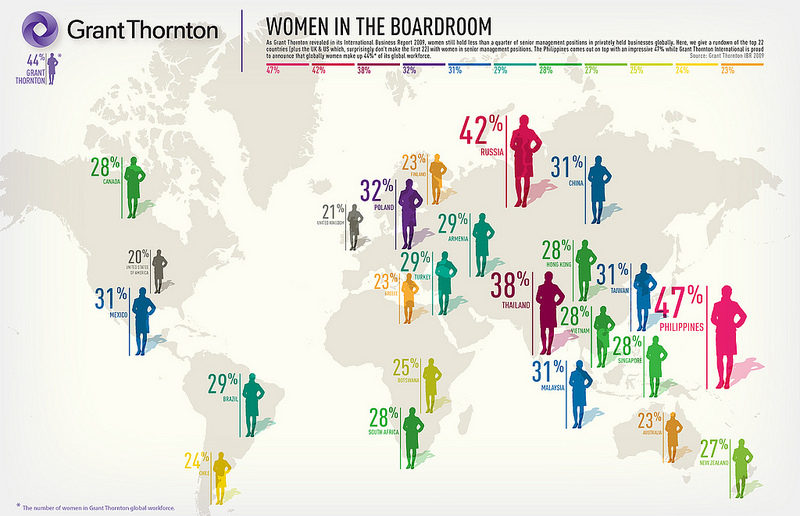You can change the conversation. Chip in to rabble’s donation drive today!
Imagine finding $7.96 million in your stocking on Christmas morning. For Canada’s top 100 CEOs, that happy day has arrived. These 100 Canadians earn more than 99.9 per cent of the working population of Canada. But if you are a woman, odds are you are not on that happy list. Not now, not ever.
It would take the average working-age woman in Canada 235 years (or 85,778 days) to make as much as one of these CEOs makes in a single year. It would take a first-generation immigrant woman 268 years to do it. Visible minority women and Aboriginal women would have to work the longest, at 273 years and 285 years respectively.
Unless they’ve got the inside line on eternal life, the top 100 CEOs didn’t make those salaries by working 99.9 times harder than everyone else, or just happen to be 99.9 per cent luckier than anyone else. If that were true, they would look just like the 15 million working Canadians who aren’t in the top 0.01 per cent. Only richer.
What makes the top 100 CEOs different from the rest of us (aside from the money)? For a start, they are almost entirely men. If the top 100 looked like the rest of working Canadians then 47 per cent of them would be women. In reality only 3 per cent are women.
In a recent survey, senior Canadian executives suggested that a lack of qualifications was the reason for the absence of women at the top. Yet 2 in 5 business post-graduates in Canada are women. Senior executives suggested that women were less ambitious than their male peers. Yet, 81 per cent of female MBA graduates seek corporate jobs following graduation. For those women who do manage to get their foot in the corporate door, there is no lack of hours to work. It’s their pay that looks different. Women with MBAs earn $8,167 per year less than their male colleagues in their first jobs after graduation. And the pay gap, here as in every other field, just keeps on growing as they enter their 30s and 40s.
The majority of Canadian corporations surveyed by the Globe and Mail last month have no women on their boards. None. Zero. Nada. When quizzed about this fact, one-third of the Canadian executives polled said they were not at all concerned. More than half of those executives opposed any kind of pro-active policy to ensure that women were better represented at the top of the CEO pile. This is in spite of the evidence that more women at the top of corporations yields benefits for everyone.
Shortchanged from day one, with few models or mentors to lead the way, and a lack of interest from those that do occupy top positions, it should come as no surprise to women in the corporate sector that they make up less than 3 per cent of the 0.01 per cent of earners. That’s not luck and it’s not laziness. It’s discrimination. And it isn’t going to change on its own.
Like this article? Chip in to keep stories like these coming!
A list of references cited in this article is available here.
Image: Grant Thornton UK LLP/flickr




